A guide for kitten grooming
Why do you need to groom a kitten?
Starting grooming early creates a bonding experience and helps your kitten grow accustomed to being handled, making future grooming sessions less stressful for both of you.
Kitten brushing: Why brushing matters
Regular brushing removes loose hair, prevents hair matting, and minimizes hairballs. It also promotes healthy skin and improves circulation. The frequency and tools required will depend on your kitten's coat type.
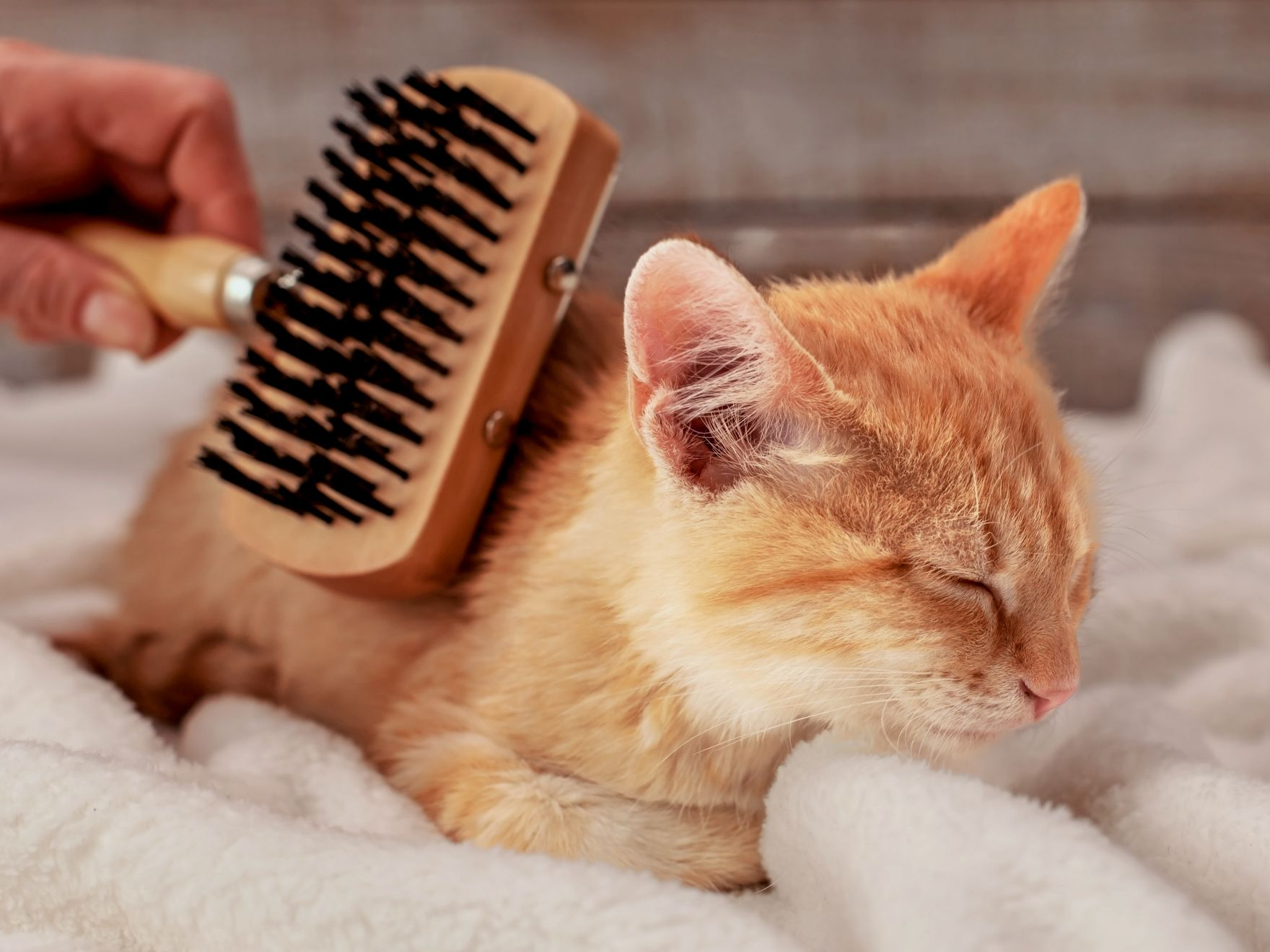
How to brush a kitten
- Start at the head and work down to legs and tail.
- Brush in the direction of the coat, then against it to remove debris.
- Focus on areas prone to tangling, such as behind the ears, under the bin, and paws.
Particular attention should be paid to the areas behind the ears, and under the chin and paws. These are the places where mats are most frequent and are very difficult to unravel once formed
Short hair
Brush weekly using a grooming glove and soft brush to remove dead hair and tangles.
Mid-length and long hair
Bathing your kitten
Bathing is especially important for long-haired kittens or in cases where they’ve gotten particularly dirty. However, kittens can be sensitive, so introducing baths gently is crucial.
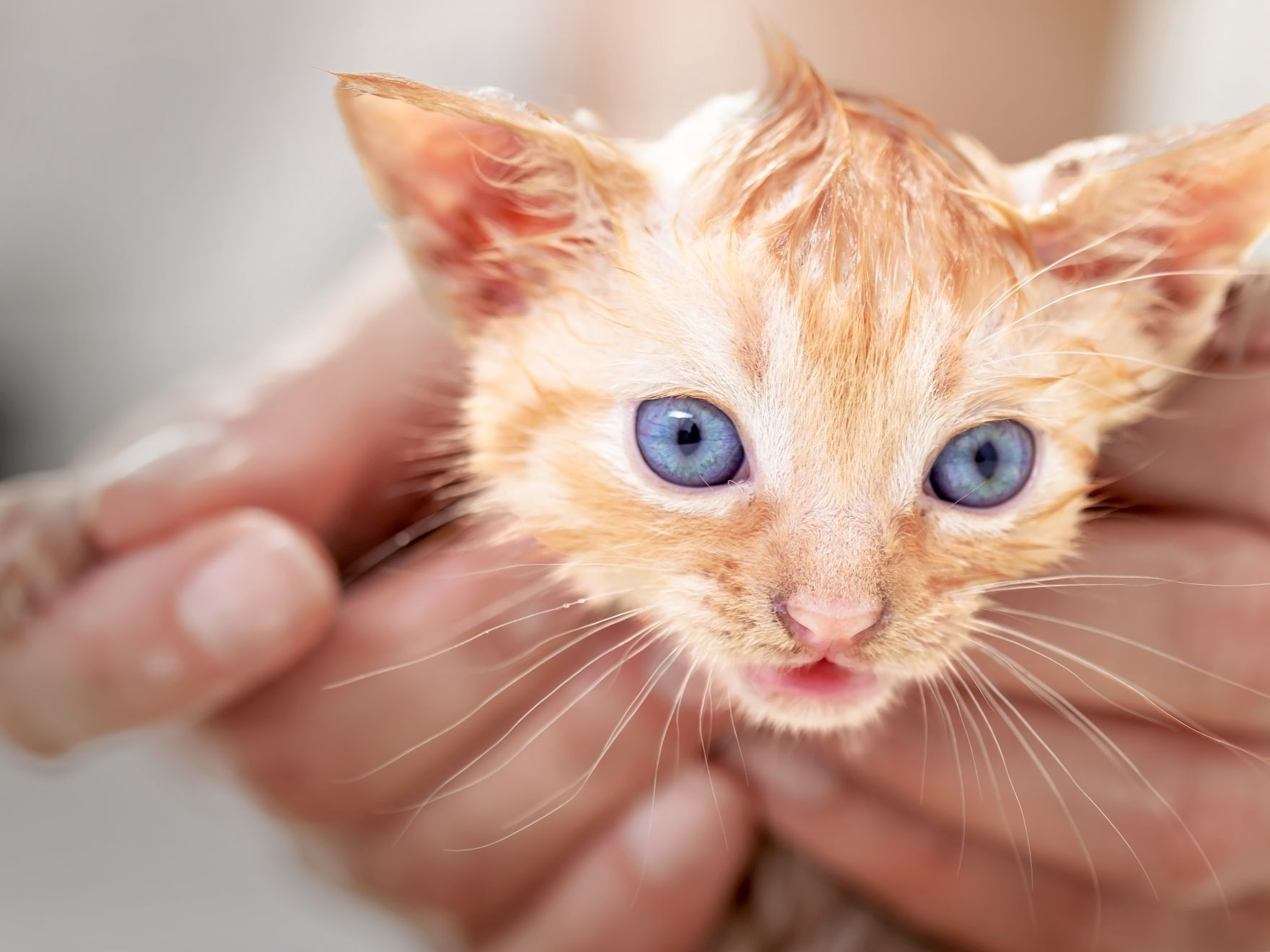
How to bathe a kitten
- Start slowly: Use a damp sponge to get them used to the process. Be sure to praise them for good behavior!
- Prepare the bath: Use lukewarm water in a shallow basin (up to their shoulder height).
- Gently wash: Avoid the eyes and ears. Use a kitten-safe shampoo, massaging it into their coat.
- Rinse thoroughly: Use a sponge or hand for delicate areas like the head.
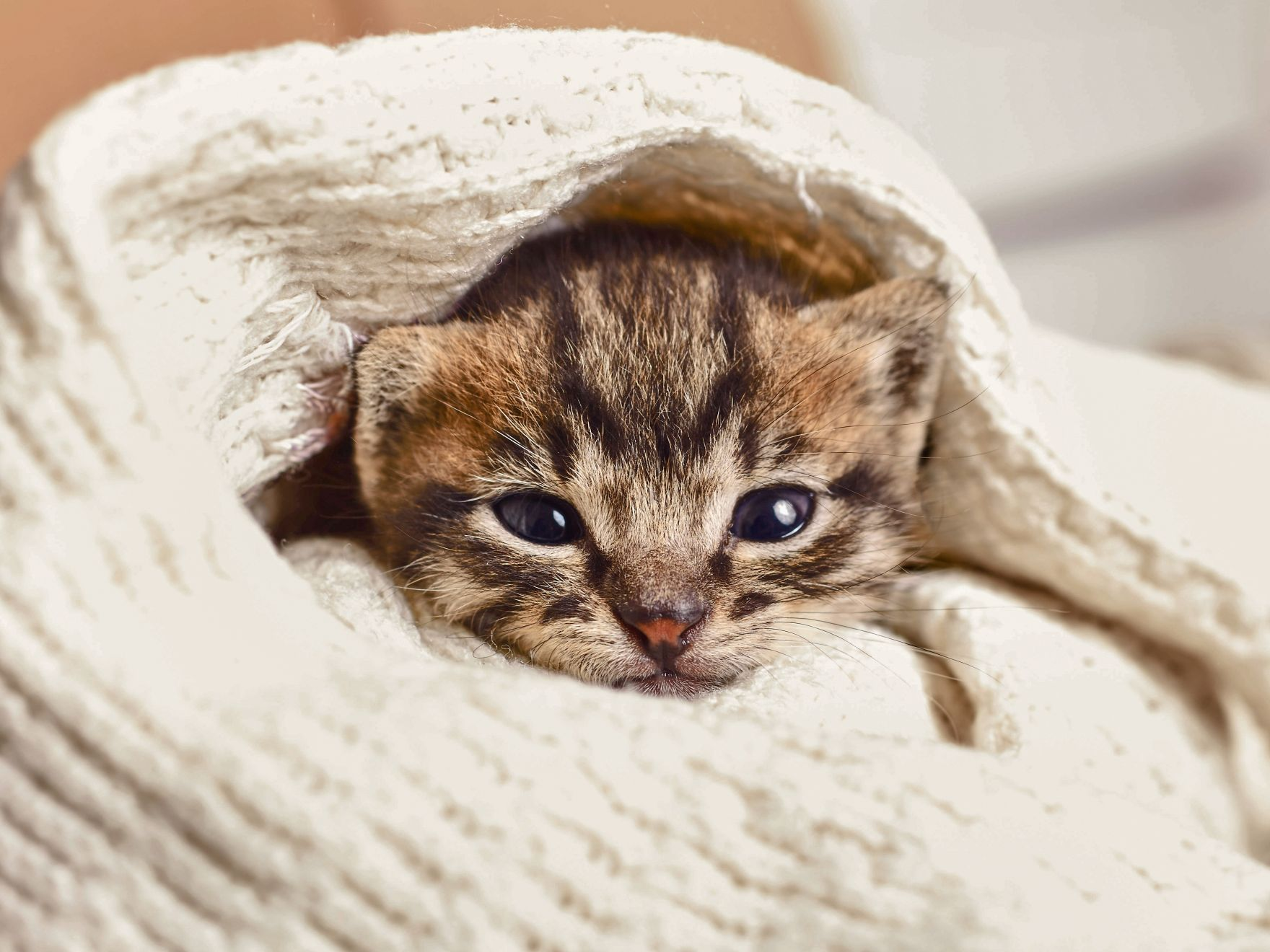
Drying your kitten
- Wrap your kitten in a warm towel and gently pat them dry.
- If using a hairdryer, ensure it’s on a low heat and noise setting to avoid startling your kitten. Avoid using the dryer on their head, instead gently drying with a warm towel.
How do you clean a kitten's ears
Regular ear checks are essential to spot blockages, redness, or unusual odors. If cleaning is necessary:
- Use a veterinarian-recommended ear solution.
- Apply a few drops and massage the ear base gently.
- Wipe away residue with a clean compress.
Always consult your veterinarian if you’re unsure about your kitten’s ear health.
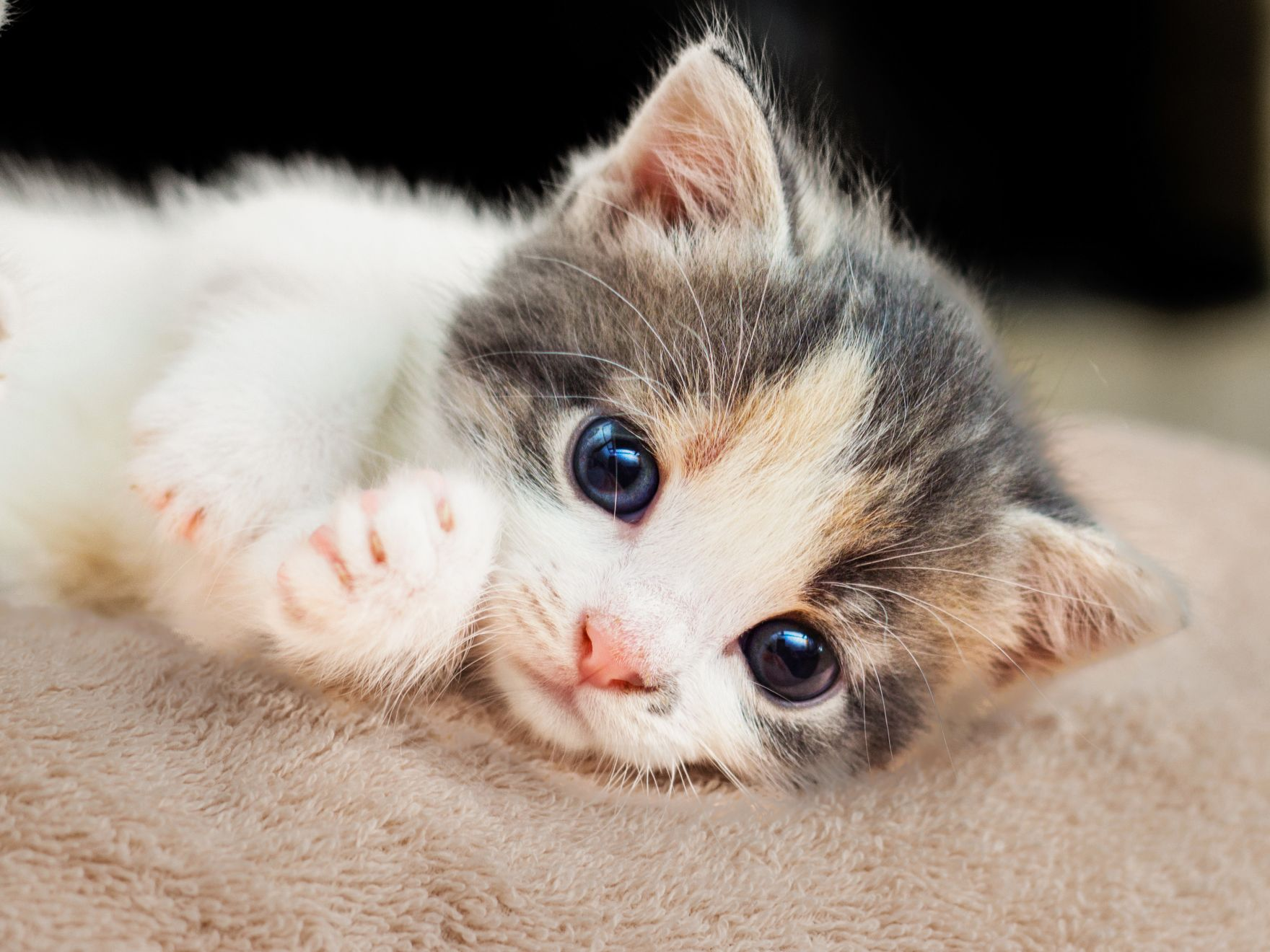
Clipping a kitten's nails
Nail clipping helps prevent damage from scratching, while supporting natural behaviors.
Steps to safely clip nails:
- Sit comfortably with your kitten on your lap.
- Hold their paw and use guillotine clippers to trim the white tip of the claw.
- Avoid cutting too close to the quick (the pink area inside the nail).
If you're uncertain, ask your veterinarian for a demonstration.
How to brush a kitten's teeth
- Use a vet-recommended cat toothbrush and toothpaste.
- Introduce the brush gently, allowing them to get used to it.
- Start at the molars and work toward the incisors, brushing in a circular motion.
For any concerns about your kitten’s oral health, consult your veterinarian
How do you clean a kitten's ears
Regular ear checks are essential to spot blockages, redness, or unusual odors. If cleaning is necessary:
- Use a veterinarian-recommended ear solution.
- Apply a few drops and massage the ear base gently.
- Wipe away residue with a clean compress.
Always consult your veterinarian if you’re unsure about your kitten’s ear health.

Clipping a kitten's nails
Nail clipping helps prevent damage from scratching, while supporting natural behaviors.
Steps to safely clip nails:
- Sit comfortably with your kitten on your lap.
- Hold their paw and use guillotine clippers to trim the white tip of the claw.
- Avoid cutting too close to the quick (the pink area inside the nail).
If you're uncertain, ask your veterinarian for a demonstration.
How to brush a kitten's teeth
- Use a vet-recommended cat toothbrush and toothpaste.
- Introduce the brush gently, allowing them to get used to it.
- Start at the molars and work toward the incisors, brushing in a circular motion.
For any concerns about your kitten’s oral health, consult your veterinarian
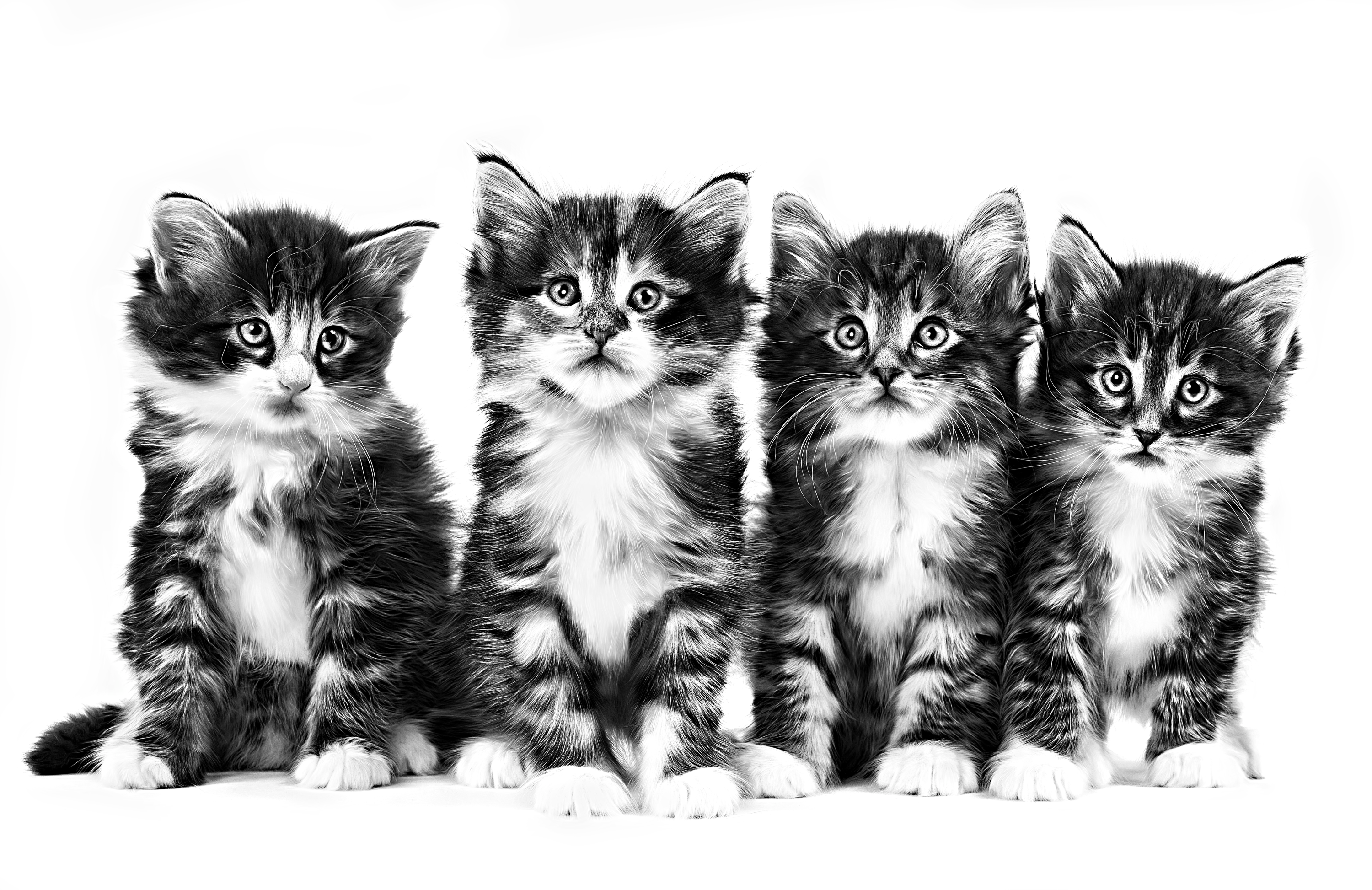
Understanding your kitten's health
Our Kitten Ranges
Royal Canin® kitten nutrition supports growth and development by providing all the nutrients essential to a kitten's needs in the first year of life.